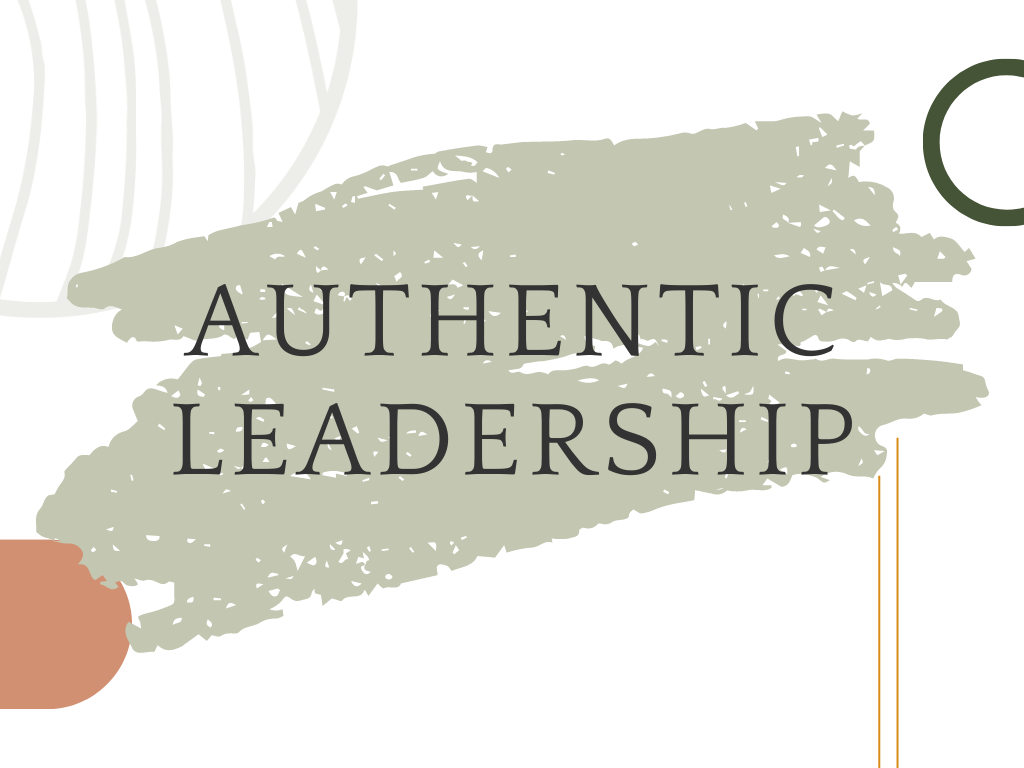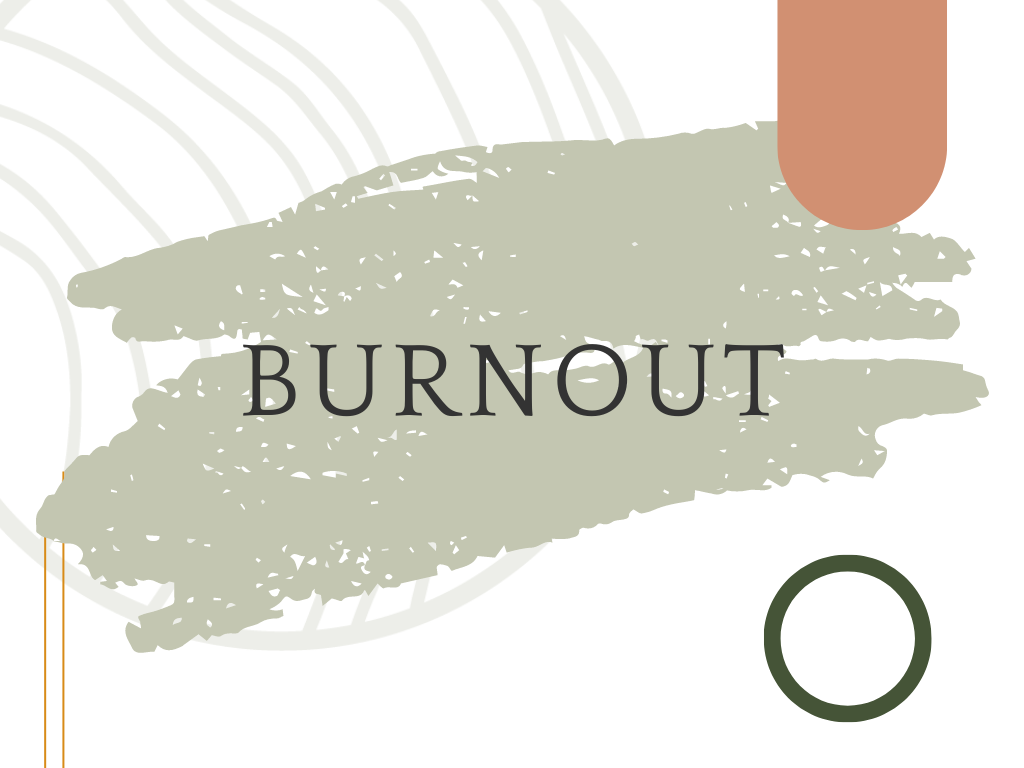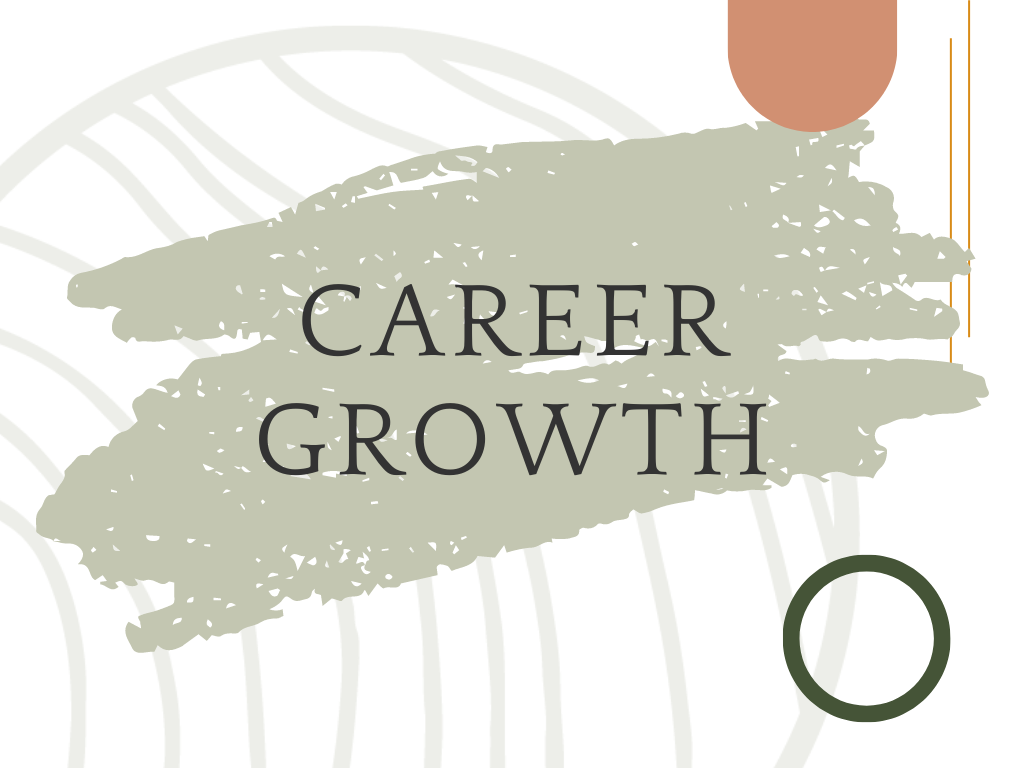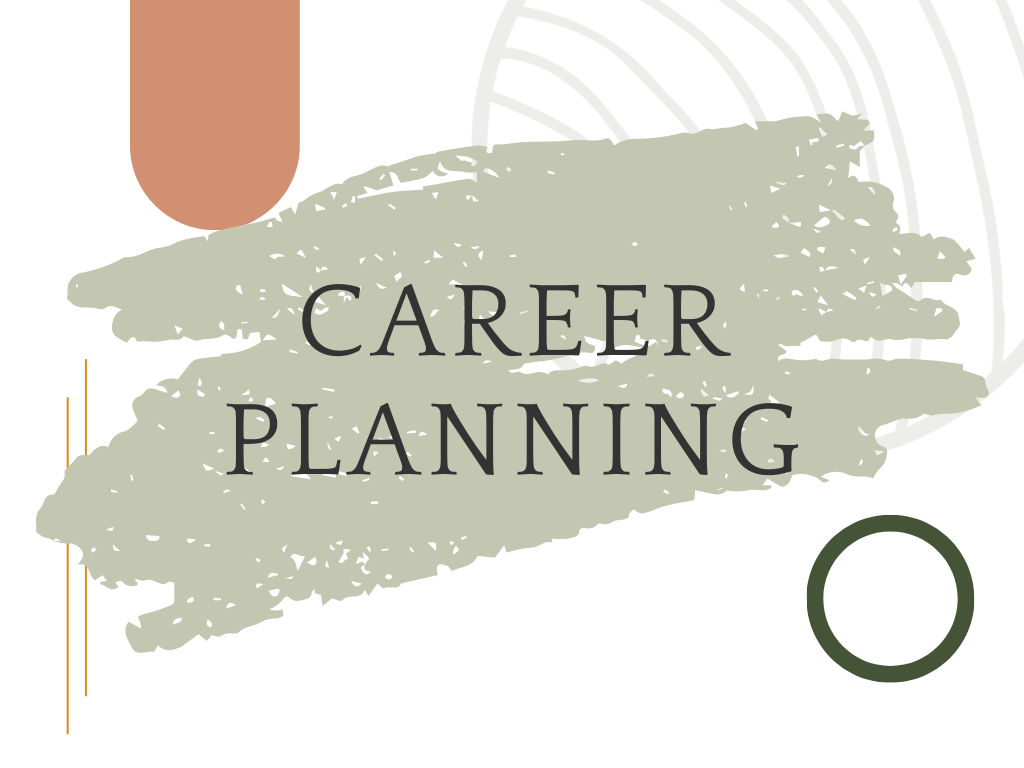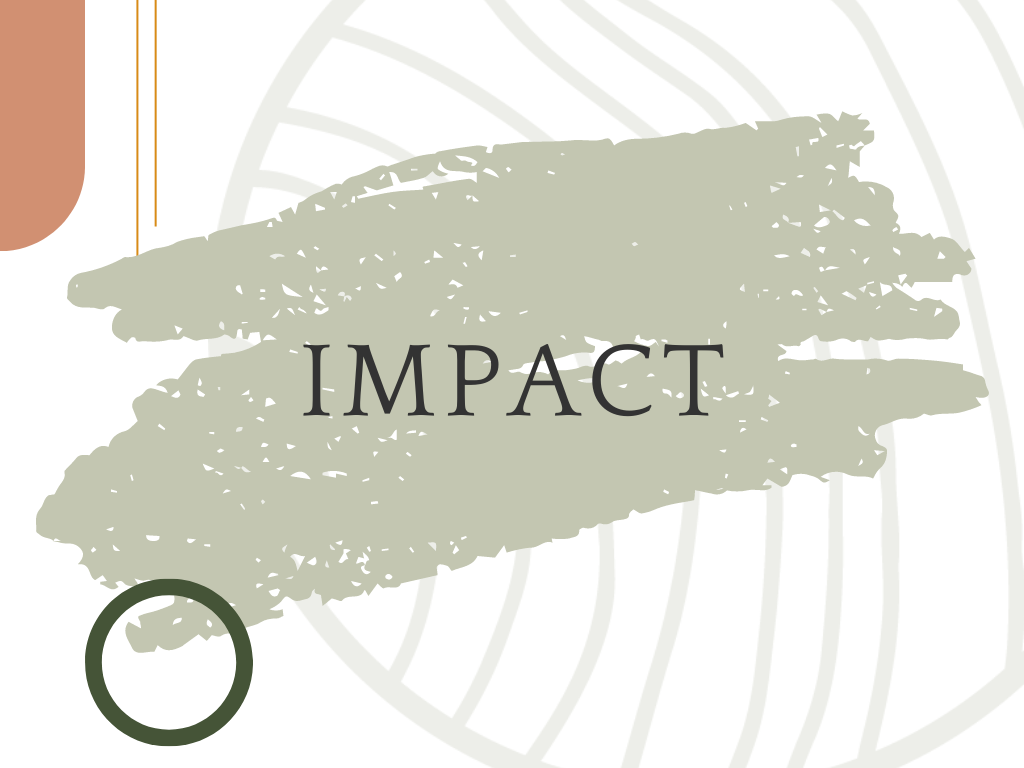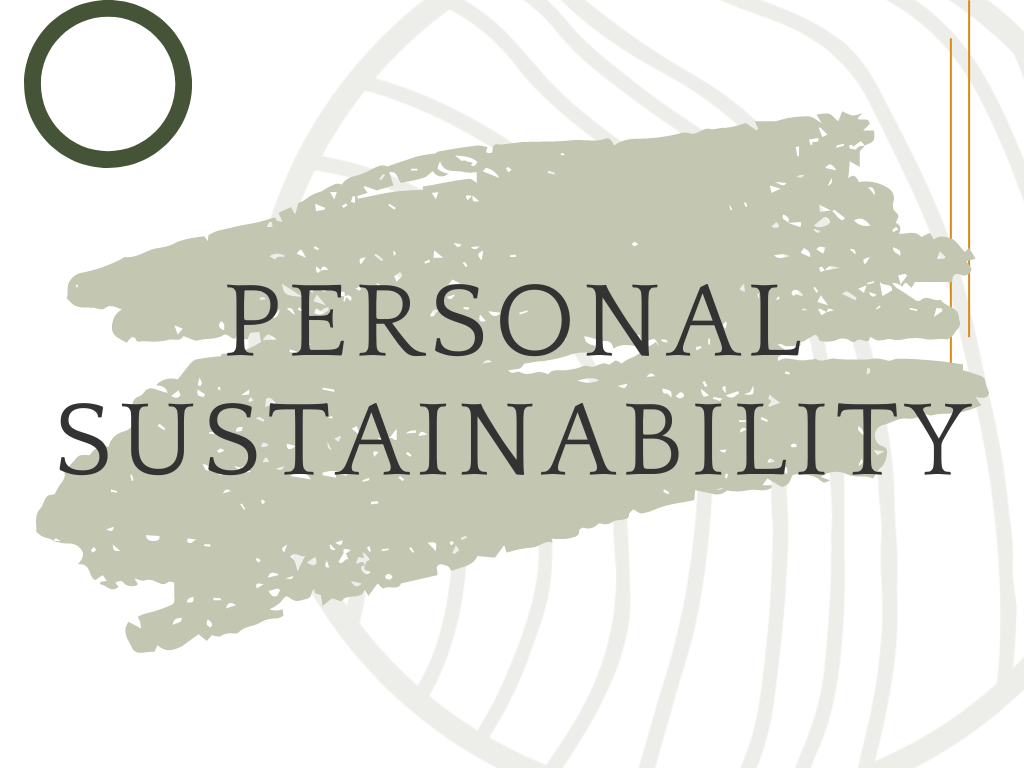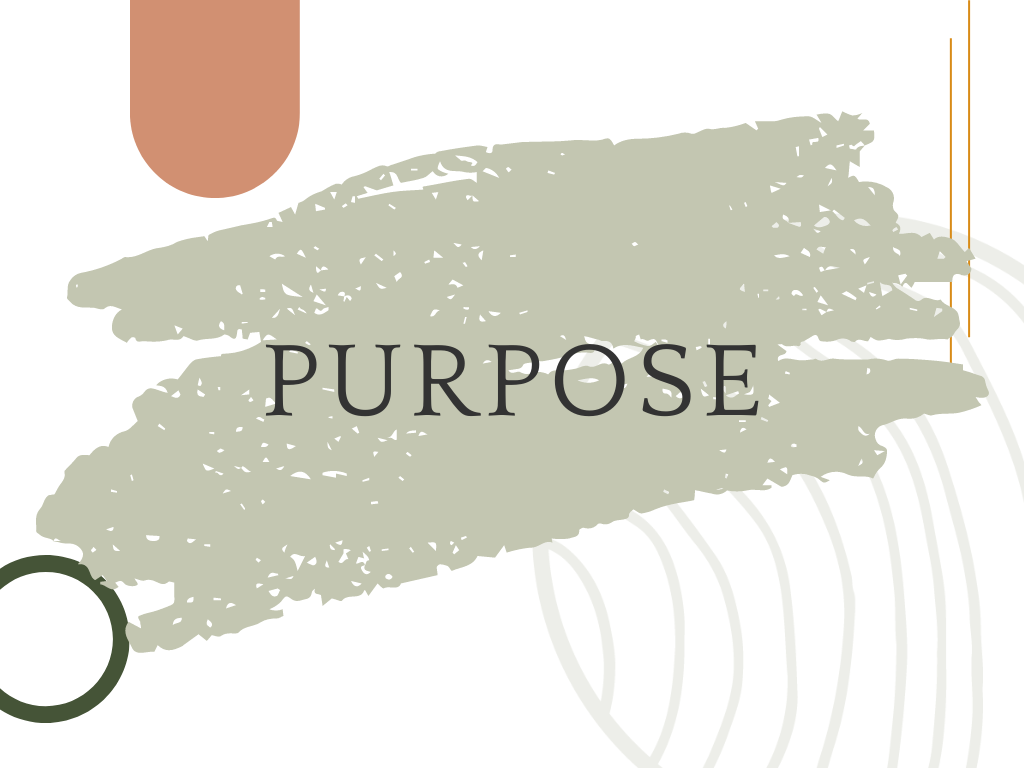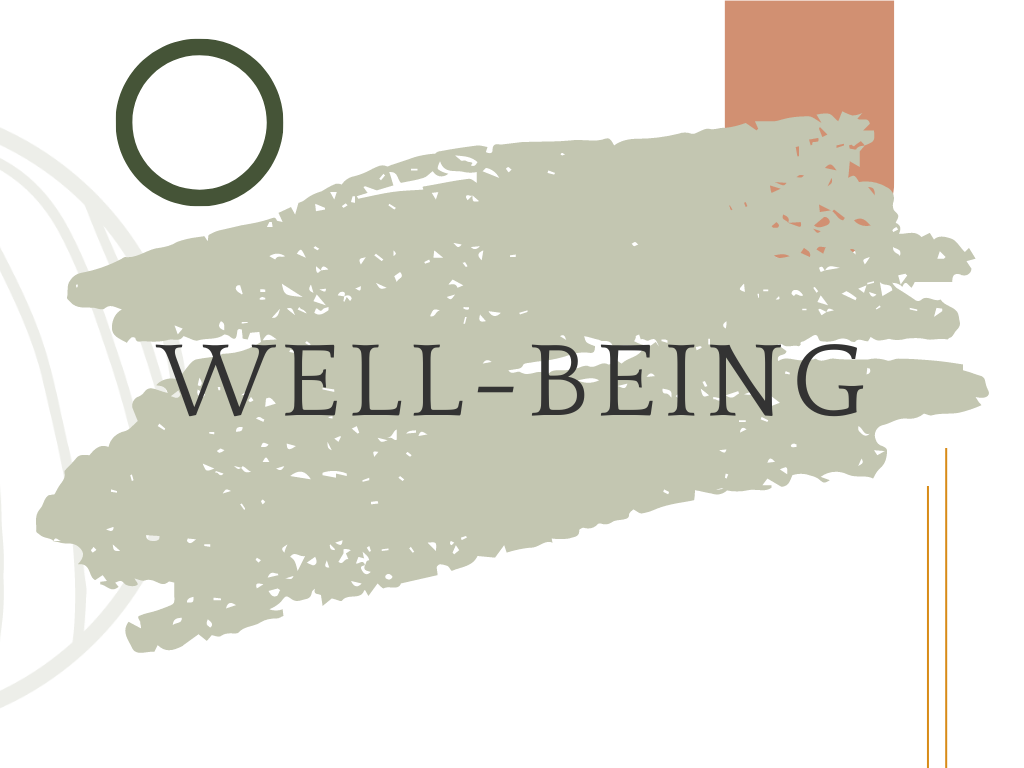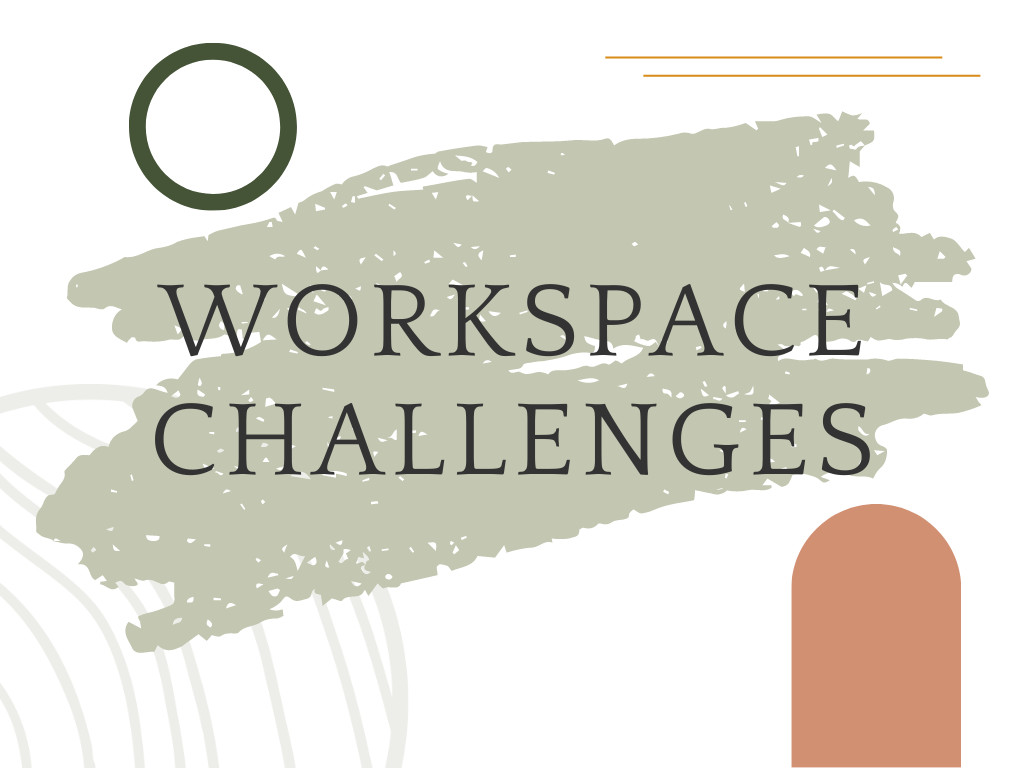
Start your journey to personal sustainability, discover well-being strategies, and achieve balance and happiness now!
Blog
What do you want to explore today?

Recharge Your Brain: A Leadership and Purpose Practice That Changes Everything
Most of us structure our days around endless to-do lists and back-to-back responsibilities, measuring productivity by how many boxes we tick off. But time isn’t our most valuable resource—energy is. When we run on empty, even the best plans fall flat. By the end of the day, we’re often exhausted, distracted, and detached from the work that once inspired us.
What if we designed our days around energy instead of time? Your brain, like your body, needs recovery to perform at its best. Intentional rhythms of “Go. Recharge.” can help you unlock sharper focus, deeper creativity, and sustainable productivity. Small shifts—like taking mindful breaks, connecting with uplifting people, or doing work that energizes you—help you lead and live more intentionally. Managing energy isn’t a luxury; it’s the key to showing up clear, confident, and calm.

What Is Flow at Work? Finding Purpose in Peak Performance
We’ve all had those days when we cross every task off our list yet still feel unfulfilled. The boxes are checked, but the sense of purpose is missing. That’s because productivity doesn’t always equal progress. True fulfillment comes when we step into flow, a state of deep focus and energy where we’re using our natural strengths and doing work that feels both meaningful and alive.
Flow isn’t something you force, it’s something you notice. It shows up in those moments when time disappears and your contribution feels effortless yet powerful. Whether you thrive by mentoring others, crafting strategies, or designing systems, flow is where your strengths and purpose meet. You won’t find it in your inbox, it’s found when you make space for the work that matters most. That’s where real impact, joy, and effectiveness begin.

Resilience at Work: How to Stay Grounded When Life (or the World) Gets Messy
n a world filled with uncertainty, stress, and change, resilience has never been more essential. It’s not a trait you’re born with—it’s a skill you can build through mindset, daily habits, and conscious choice. Resilience means recovering from challenges while holding on to your sense of purpose, hope, and strength.
Drawing on the powerful story of resilience researcher Lucy Hone, this piece explores what it truly means to “bounce forward” after hardship. From reframing adversity, to focusing your attention on what helps rather than harms, to practicing gratitude and self-compassion, resilience is something anyone can strengthen.
No matter what challenges you’ve faced—loss, burnout, stress, or uncertainty—resilience gives you the tools to rise again, grow stronger, and move forward with purpose.

Burnout: Myths, Misunderstandings, and a Better Way Forward
Burnout is often misunderstood as simply being stressed or tired, but it runs much deeper. True burnout happens when workplace stress goes unmanaged for too long, leading to exhaustion, cynicism, and a loss of meaning in what you do.
It is not just a personal issue. Research shows burnout is often the result of organizational factors such as heavy workload, lack of control, poor recognition, weak community, unfair treatment, and misaligned values. Time off or self-care cannot fix it. Real change begins when workplaces address the root causes and create environments where people can truly thrive.

Confidence in Action: Building Leadership Through Bold Steps
Confidence is not something you wait to feel before taking action. It is built through action itself. Every time you speak up, take a risk, or make a decision, you strengthen your ability to lead with courage and clarity. True confidence comes from experience, not theory.
Confident leadership is not about being loud or fearless. It is about showing up with steadiness, humility, and purpose even when doubt is present. Each bold step you take builds resilience and reminds you that growth happens in the stretch zone. Confidence is not the absence of fear—it is choosing to move forward anyway.

Confidence in Action: How Small Steps Build Big Impact
Confidence is not something you’re born with or something that suddenly appears when you “feel ready.” It grows through action. Every time you take a small risk—asking a question, sharing an idea, or speaking up—you train your brain to trust that you can handle discomfort.
True confidence is not about perfection or fearlessness. It is about showing up, taking consistent action, and learning through experience. Whether it is setting a boundary, leading a project, or simply standing tall and speaking clearly, each moment builds your belief in yourself. Confidence doesn’t come before action—it grows because of it.

How to Craft a Daily Well-Being Practice That Actually Sticks
Well-being is not a luxury—it is the foundation that helps you show up as your best self at work and at home. True balance comes from investing in small, intentional habits that support your mental and physical energy.
Start by choosing well-being practices that work for you: movement, rest, connection, learning, or laughter. Then make them stick by starting small, using cues and routines, and celebrating progress. Over time, these consistent choices shift your brain from reactive to resilient. Your well-being plan doesn’t have to look like anyone else’s. It’s yours to design—one small, meaningful habit at a time.

The New Workplace Imperative: Prioritizing Well-Being in an Uncertain World
Stress may be unavoidable, but we are not powerless. While we can’t control global uncertainty or workplace pressures, we can design lives and careers centered on well-being. True well-being goes beyond physical health—it includes emotional, social, financial, and community balance.
When you intentionally invest in your well-being, you build resilience and reclaim control. Even small shifts, like exercising, connecting with others, or setting boundaries, can strengthen multiple areas of life. The result is greater energy, engagement, and fulfillment. In a world where stress keeps rising, well-being isn’t a perk or luxury—it’s the foundation for thriving at work and beyond.

The Real Reason Leaders Struggle: Emotional Intelligence Isn’t Optional
Technical skills may get you into leadership, but emotional intelligence helps you succeed once you are there. The most capable leaders struggle not with data or deadlines, but with people. Emotional intelligence is the ability to recognize and manage your emotions while understanding and influencing those of others.
Leaders who practice emotional intelligence communicate with empathy, build trust, and stay grounded under pressure. These so-called “soft skills” are anything but soft—they are strategic. Emotional intelligence can be learned and strengthened through awareness, curiosity, and intention. When you lead with emotional intelligence, you lead with connection, clarity, and impact.

How to Be Happier at Work — Without Quitting Your Job
Feeling stuck or uninspired at work does not always mean you need to quit. You can make your current job more fulfilling through a practice called job crafting. It is about intentionally shaping how you work so that your daily tasks align with your strengths, values, and energy.
Start small by noticing what energizes you and what drains you. Then, make small adjustments, such as taking on projects that use your strengths, building stronger relationships, or setting better boundaries. These small shifts create big change over time. You have more influence than you think to make your work meaningful again.

Creating Tiny Habits: How to Succeed with Mini-Habits
Big change begins with small steps. Mini-habits are tiny, manageable actions that help you build consistency without relying on willpower or motivation. Instead of forcing dramatic change, you work with your brain’s natural wiring, creating lasting progress through repetition and ease.
Start by choosing one simple habit, make it so small it feels effortless, and attach it to something you already do. Each small win builds momentum and rewires your brain for success. Over time, these micro-steps compound into meaningful transformation. The key to lasting change is not doing more, but doing small things consistently.

From Surviving to Thriving: How to Manage Your Energy, Not Your Tasks
Success is not about how much you do, but how well you manage your energy while doing it. Working longer hours does not guarantee better results. Just like a battery, your brain needs regular recharging to stay focused and creative.
By planning recharge periods, scheduling energy-boosting activities, and minimizing unnecessary drains, you move from burnout to balance. Managing energy helps you shift from your tired, reactive 1.0 self to your creative, focused 2.0 self. When you protect and renew your energy, you perform better, think clearer, and find greater fulfillment in both work and life.

The Truth About Work-Life Balance: Common Misconceptions and How to Overcome Them
Work-life balance is often misunderstood. Many believe it means splitting time evenly between work and home, but real balance is more about integration than separation. It begins with small, intentional steps that align your time and energy with what matters most.
True balance is personal and flexible. It changes as your life evolves and depends on honoring your values, setting boundaries, and caring for yourself. Balance is not achieved through perfection or rigid scheduling but through consistent, mindful choices. When you define balance on your own terms, you create a life that feels purposeful, calm, and sustainable.

Mastering Work: Moving from Reactive to Proactive for a Productive and Fulfilled Workweek
Many professionals spend hours each day managing emails, attending meetings, and reacting to endless demands. This constant busyness creates a sense of being on autopilot, with little control over how time is spent. But productivity does not come from doing more—it comes from being intentional.
A simple but powerful shift begins by identifying your top three priorities each week and scheduling dedicated time for them. This approach helps you focus on what truly matters and reconnect with the purpose behind your work. When you lead your schedule rather than react to it, you regain control, clarity, and meaningful progress.

The Power of the Work Break: What Might Surprise You
Modern workdays can feel relentless with nonstop meetings, messages, and endless to-do lists. Yet the secret to sustaining energy and focus lies not in working harder but in taking intentional breaks. The right kind of pause can reset your mind, reduce stress, and improve performance.
Effective breaks are about quality, not quantity. Step away from your desk, breathe deeply, or take a short walk outside. Avoid mindless scrolling, which drains more than it restores. By designing daily and even vacation breaks with purpose, you can reclaim focus, improve well-being, and return to your work with clarity and renewed motivation.

Nurturing Personal Sustainability: Balancing Your Well-being While Saving the Planet
Many environmental professionals are devoted to protecting the planet but often overlook their own well-being. True sustainability begins with you. Personal sustainability means nurturing your physical, mental, and emotional health so that you can thrive while contributing to meaningful change.
By practicing self-awareness, mindfulness, and balance, you can sustain your energy and purpose for the long term. Prioritize rest, connection, and joy with the same dedication you bring to your work. When you care for yourself, you strengthen your capacity to care for the Earth. Your well-being is not separate from your mission—it is an essential part of it.

From Scattered to Collected: 3 Steps to an Intentional Work Week
If you start your workday feeling swept up by meetings and constant demands, you’re not alone. Many professionals spend their weeks reacting instead of leading with intention. The result is a full calendar but an empty sense of accomplishment. True productivity is not about doing more—it’s about doing what matters most with clarity and focus.
By taking small, deliberate steps like clarifying your priorities, setting intentions for how you want to show up, and creating white space to think, you can regain control of your workweek. Intentional action replaces reactivity, helping you feel more centered, effective, and fulfilled.

It’s time for managers to focus on well-being – not just burnout.
The past few years have reminded us that well-being is not a luxury—it is essential. Burnout, stress, and blurred boundaries between work and life have exposed how deeply our personal and professional well-being are connected. Yet many workplaces still treat them as separate.
True well-being goes beyond wellness programs or gym stipends. It encompasses career satisfaction, meaningful relationships, financial stability, physical health, and a sense of community. When organizations prioritize these elements, engagement, performance, and fulfillment rise together. Supporting the whole person is no longer optional—it is the foundation of a thriving, resilient, and sustainable workforce.

How We Fail To Create New Habits — and What Works Better
Lasting change does not come from willpower or massive action—it comes from small, consistent steps. Many people believe transformation requires a grand overhaul, but research and experience tell us otherwise. Meaningful progress happens when you focus on being just one percent better each day.
Whether it is exercising for ten minutes, meditating for three, or carving out time for focused work, these small acts compound over time. You may not notice the difference right away, but the results are accumulating beneath the surface. Change is not instant; it is a steady unfolding built on persistence, patience, and aligned intention.

Make the Holidays Work for You: Your 16-Tip Guide to Beat the Stress, Relax, and Recharge
The holidays can be joyful, yet they also bring exhaustion, expectations, and emotional strain. Between family dynamics, year-end deadlines, and financial pressures, it is easy to lose sight of what this season truly means. The key is to design your holidays intentionally—focusing on what matters most and releasing what does not.
Slow down, simplify, and create space for gratitude, connection, and rest. Protect time for yourself, set clear boundaries, and remember that joy is found in small, meaningful moments, not perfection. When you enter the new year grounded and restored, you give yourself the greatest gift of all—peace.

